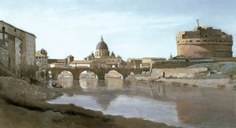A Spectral Viewer :
Main features are:
Source code and binary packages are available on Spectral Viewer's main web site. |
Malia Rendering Framework aka MRFHAVE A LOOK AT THE NEW MRF 3 hosted on INRIA gitlab . Caveat : MRF 3 is still under development but you can already test it and use it from Blender or on the command line
|
ALTA Library
Find out more on ALTA's website |
MHDRViewer (aka HDRSee)MHDRViewer has now its own website on INRIA GForge.
MHDRViewer functionalities are:
Known Limitations
|
| Romain Pacanowski | Research Scientist @ INRIA |
| Affiliations |
Contact
|
 |
Mail & Fedex
|
HAL's Automatic list of all my publications |

 MRF V3 is based on the MRF V2, which is a rendering Framework I started during my PhD and has received contributions
from Xavier Granier, Mickaël Raynaud and Vincent Lebret-Soler.
A subset of MRF is available when downloading the source code from HDRSee.
Almost all images on this website our publications come from rendering application built with MRF V2 or V3.
MRF main features are:
MRF V3 is based on the MRF V2, which is a rendering Framework I started during my PhD and has received contributions
from Xavier Granier, Mickaël Raynaud and Vincent Lebret-Soler.
A subset of MRF is available when downloading the source code from HDRSee.
Almost all images on this website our publications come from rendering application built with MRF V2 or V3.
MRF main features are:

